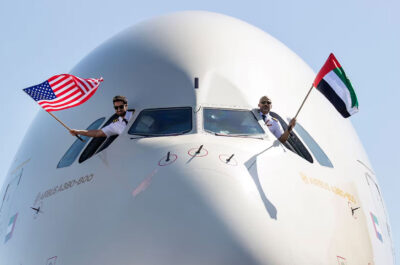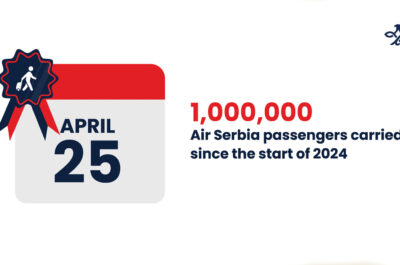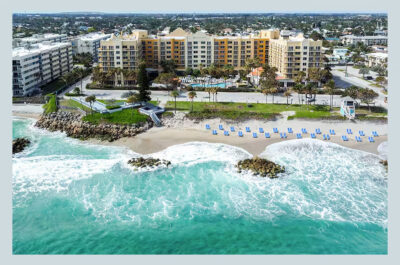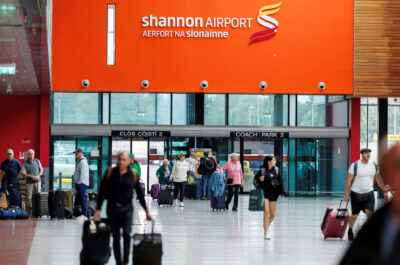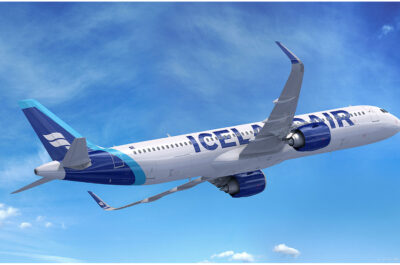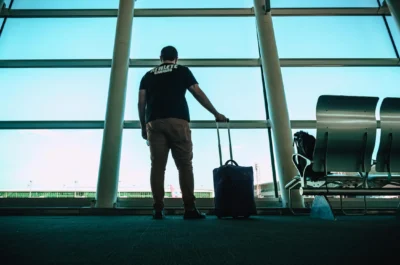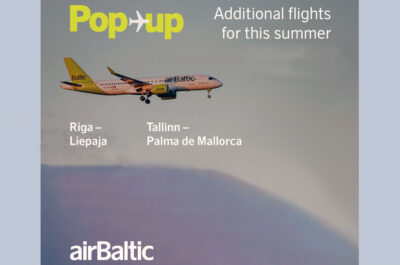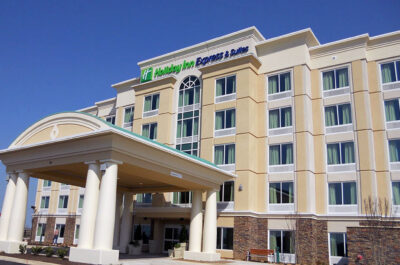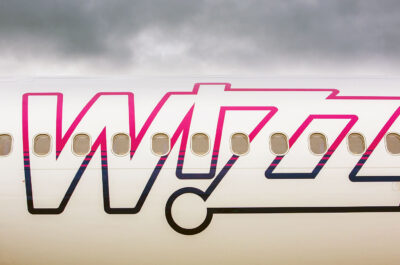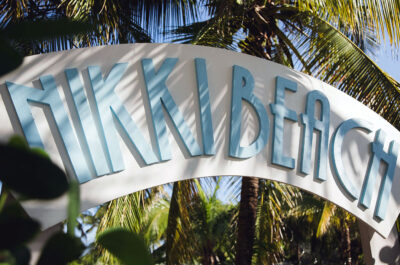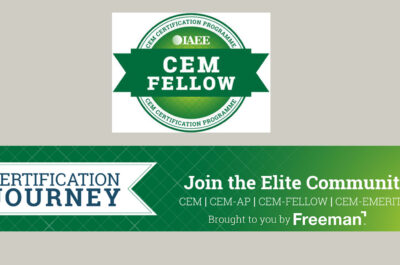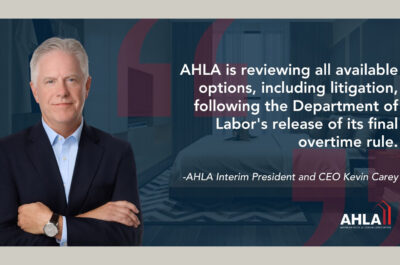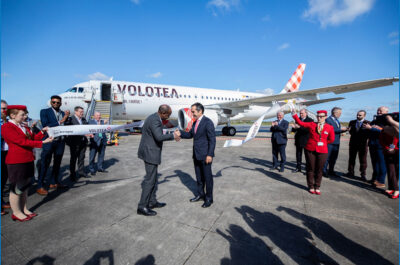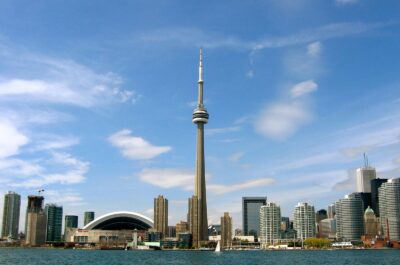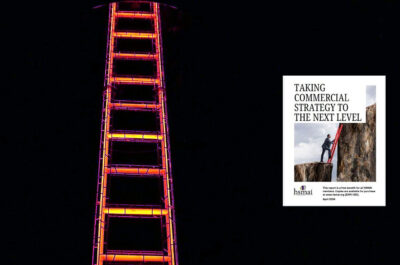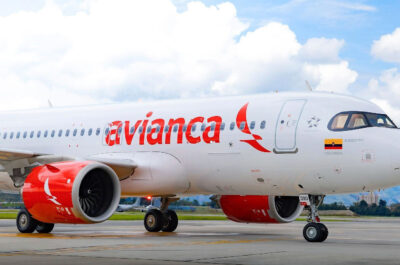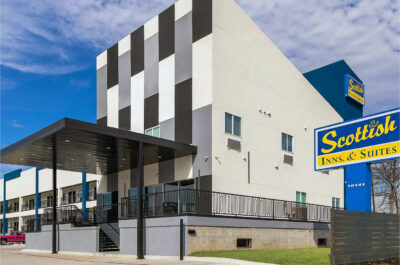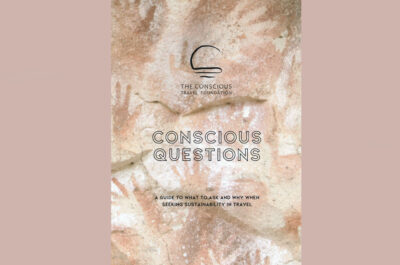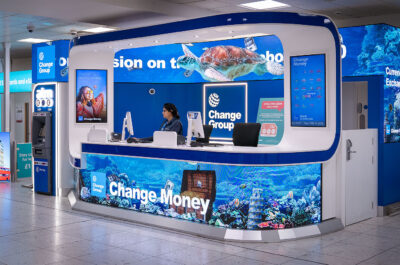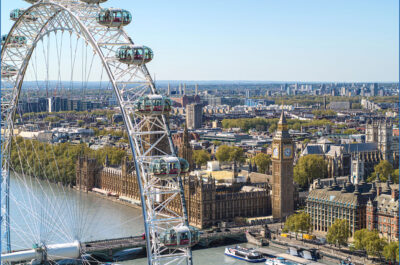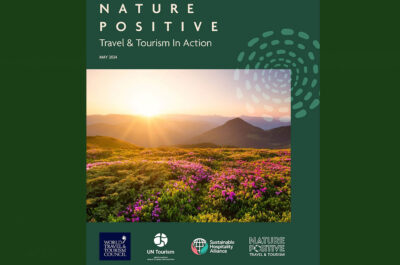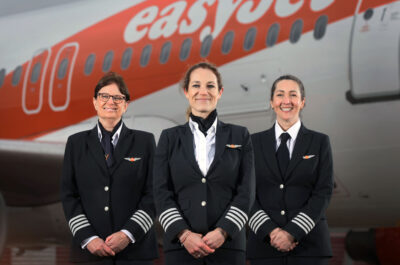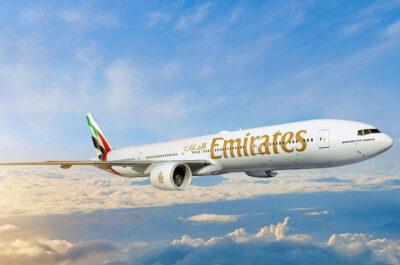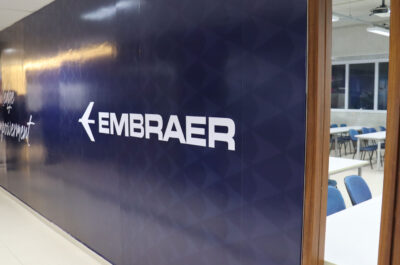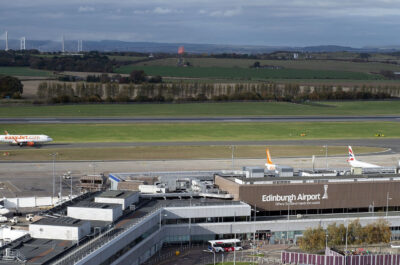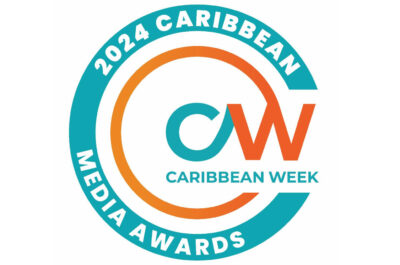Most airlines still serve peanuts and tree nuts or snacks and meals with peanuts or tree nuts included. Canada is the only country with any formal policy in place, which requires a 3-row buffer zone with advance notification only on Air Canada flights, he says.
New international study led by University of Michigan identified behaviors that could reduce anxiety, chances of allergic reactions.
ANN ARBOR, MICH. – Few situations can provoke more anxiety for people with peanut or tree-nut allergies than having an allergic reaction while flying on an airplane and being unable to get help.
But in a new study, published in the Journal of Allergy and Clinical Immunology-In Practice, researchers found passengers who engaged in eight mitigating factors were less likely to report an allergic reaction.
This is the first study to show that in-flight peanut and tree nut allergy is an international problem, says lead author and pediatrician Matthew Greenhawt, M.D., M.B.A., M.Sc., of the University of Michigan‘s Food Allergy Center and C.S. Mott Children’s Hospital. Past research has focused on the U.S. and only on those who had reactions, instead of including those who did not.
Greenhawt, and his co-authors from Allergy & Anaphylaxis Australia and the International Food Allergy & Anaphylaxis Alliance, asked passengers to answer an online survey about their in-flight experiences. More than 3,200 people from 11 countries completed the survey. Of those, 349 reported having an allergic reaction during an airline flight.
Passengers with peanut/tree nut allergies who reported taking these actions had significantly lower odds of reporting a reaction:
- requesting any accommodation
- requesting a peanut/tree nut-free meal
- wiping their tray table with a commercial wipe
- avoiding use of airline pillows
- avoiding use of airline blankets
- requesting a peanut/tree nut-free buffer zone
- requesting other passengers not consume peanut/tree nut-containing products
- not consuming airline-provided food.
“Flying with a peanut/tree nut allergy is equal parts frustrating and frightening for allergic passengers. These eight passenger-initiated risk-mitigating behaviors may help clinicians wishing to advise concerned patients planning to fly commercially,” says Greenhawt, of U-M’s Food Allergy Center.
Greenhawt says most airlines still serve peanuts and tree nuts or snacks and meals with peanuts or tree nuts included. Canada is the only country with any formal policy in place, which requires a 3-row buffer zone with advance notification only on Air Canada flights, he says.
“So these behaviors are simple, practical measures which may offer some protection and reduce anxiety until formal policies are implemented.”
The study also found that epinephrine, a common and effective treatment, was drastically underused in-flight. Only 13.3 percent of passengers reporting a reaction received epinephrine as treatment. Flight crews were notified regarding 50.1 percent of reactions. In a similar study of US passengers five years ago, Greenhawt noted a similarly low rate of epinephrine use.
“Despite that 98 percent of passengers had a personal source of epinephrine available, epinephrine was underused to treat a reaction. Flight crews were not always readily alerted to reactions when they occurred, but interestingly, when they were notified, it was associated with a higher odds that epinephrine was used to treat the reaction,” Greenhawt says.
Interestingly, nationality was not a significant factor influencing the use of epinephrine as treatment.
“We still think the risk of an in-flight reaction is small, but it’s hard to imagine a more helpless situation than having a reaction while you’re at 35,000 feet in an airplane,” Greenhawt says. “But this study identifies some things passengers can do to reduce their anxiety. We want them to fly. It can help improve their quality of life.”
“But more importantly, these findings provide a starting point for airlines to consider in terms of their own policies, where they could work with passengers to mitigate risk. I think that consideration for training crew to identify anaphylaxis is another important potential measure to consider given that crew involvement significantly increased the odds of reported epinephrine use. Poor crew notification of events has been noted in the earlier airline studies, so perhaps the solution is to train crew to be more proactive,” Greenhawt says.
Greenhawt adds that future study is necessary to further validate the effectiveness of these passenger-initiated risk-mitigating behaviors and create better educational efforts around the use of epinephrine.
Vicky is the co-founder of TravelDailyNews Media Network where she is the Editor-in Chief. She is also responsible for the daily operation and the financial policy. She holds a Bachelor's degree in Tourism Business Administration from the Technical University of Athens and a Master in Business Administration (MBA) from the University of Wales.
She has many years of both academic and industrial experience within the travel industry. She has written/edited numerous articles in various tourism magazines.









